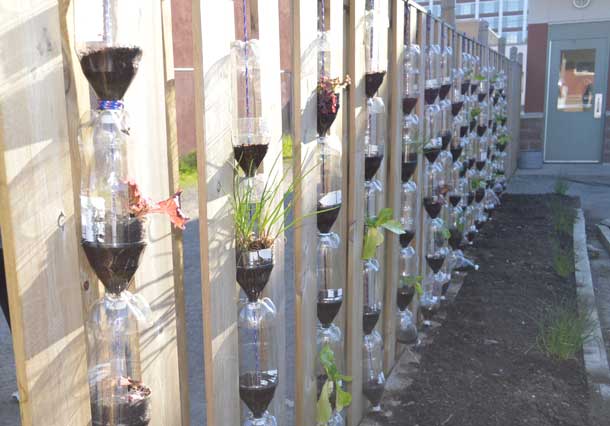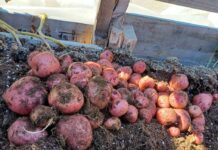
Northern Canadian Gardening Efforts
GUELPH – LIVING – Canada’s Northern regions have often been considered ideal portals into important markets like Russia and Asia. Numbering among its geopolitical virtues are oil and gas, mining, forestry, fishing, and, not too far down the road, the production of fresh fruits and vegetables. Yes, that’s right – Northern agriculture can expand and support local communities in years to come.
During the Prime Minister’s recent visit up north, his government announced that Hay River in the Northwest Territories will become the new home of a scalable, modular farm system, which has been developed by the University of Guelph after many years of research. This new facility will use state-of-the-art hydroponic technologies and high-intensity, computer-controlled LED lighting to produce fruits and vegetables indoors all year round. This is welcome news, not only for the North, but many Canadians as well.
Supporting aboriginal communities in their quest to procure healthy local foods is key for the future of a region that will likely witness profound climatic changes over the next few decades. Climate change induces risks; yet, at the same time, it also creates possibilities for new production systems because farming everywhere comes down to the weather. Judging by the imminence of these changes, this initiative is long overdue.
But most importantly, this initiative can leverage healthier lifestyles in the region. In some northern villages, soda and chips are more readily available and affordable than vegetables and fruits. As a result, obesity rates are regrettably high, and unhealthy nutritional habits often create unwanted socioeconomic challenges beyond just food security. Poor school attendance and higher crime rates are often highly correlated with nutritional insecurity.
For the rest of the country, this initiative also has great merit. The North can produce for the North, but it can produce for the South as well. Consistent with the Terroir ideology, which espouses that culture is intertwined with topography, the availability of Northern food commodities can perhaps offer a silver lining to the oppressive cloud of climate change, along with unique, value-added food items to larger urban centres. New northern exotic products like Nordic oils and grains could find their way into grocery stores in large metropolitan areas. This would be advantageous because foodies are embracing the rise of Nordic cuisine, which offers natural and healthful foods as better alternatives to processed and sugar-laden products.
The UK and even Scandinavian countries have been conducting research and generating produce and livestock in northern regions for years. So Canada, in a sense, is only catching up to other northern countries around the world in capitalizing on a great resource.
Nonetheless, there is a need for farmers to understand the precise economics of running a farm in the North. Growing things for the entire year is certainly a challenge, but to build sustainable production models, develop efficient ways to reach populated markets, and do these things in a profitable manner are even greater challenges.
Achievements in northern agriculture are certainly desirable for local communities and for aboriginal peoples looking to customize food supplies based on longstanding traditions. But the rest of the country should stay tuned as it can discover a new world it has never tasted before.Sylvain Charlebois is a Professor in food distribution and policy in the College of Business and Economics at the University of Guelph.
________________________________________
Troy Media












